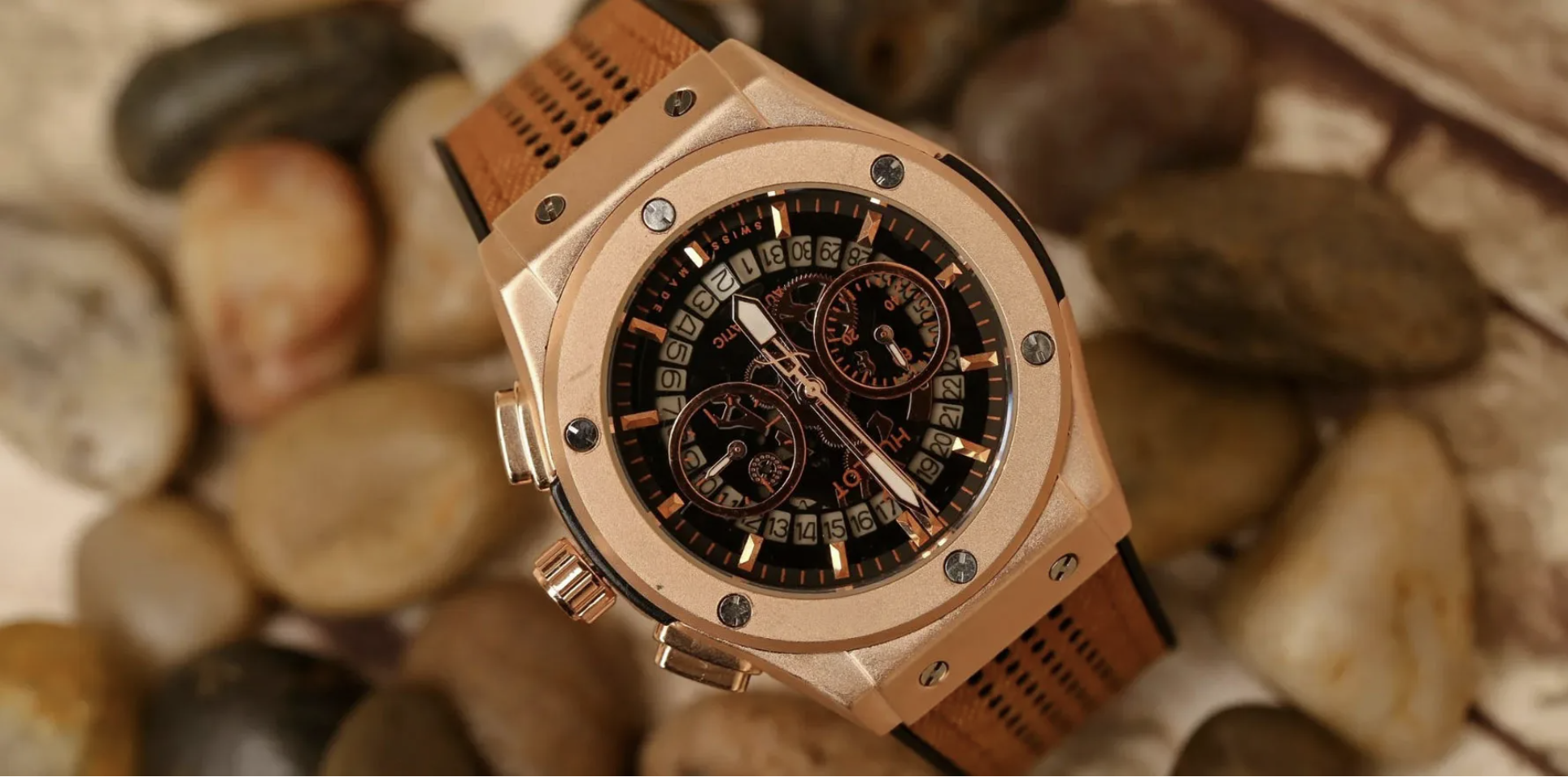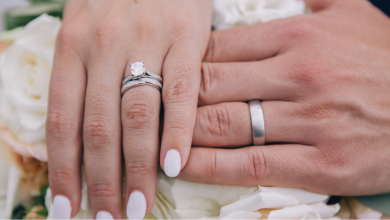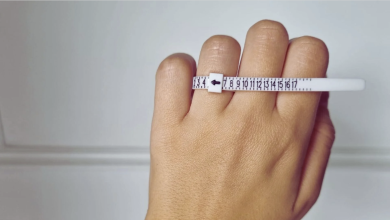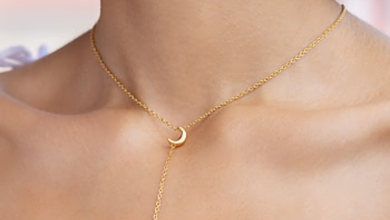Tracing the Evolution of Iconic Luxury Watch Designs Over the Decades

Luxury women’s watches have captivated enthusiasts and collectors around the globe, transcending their primary function of timekeeping to become emblems of fashion and societal progress across different eras. From their inception as wristwatches to their evolution into contemporary masterpieces, these timepieces chart a fascinating journey through time. This exploration highlights how their styles have adapted over the decades while maintaining a timeless allure that continues to enchant.
The Early 20th Century: The Dawn of the Wristwatch
Prior to the 1900s, pocket watches were the epitome of timekeeping fashion. The shift to wristwatches, however, marked a pivotal moment in watchmaking history, perfectly aligning with a growing demand for practicality and elegance. During World War I, the practicality of wristwatches became apparent to soldiers, and this convenience quickly transitioned into civilian usage. The earliest wristwatch designs, with their simple dials and leather straps, struck a balance between functionality and understated elegance.
The 1930s and 1940s: The Art Deco Era
As societal tastes evolved in the 1930s, the Art Deco movement left a lasting imprint on watch design. Watches from this period featured bold patterns and elaborate embellishments, pushing watchmakers to experiment with new materials and bold aesthetic concepts. The dials of these watches became canvases for artistic expression, adorned with engravings and distinctive shapes, while the integration of metals and gemstones added a luxurious flair that defined the era. Many women’s watches from this period remain celebrated for their innovative blend of art and craftsmanship.
The 1950s and 1960s: The Emergence of the Dress Watch
The post-war economic boom brought a renewed interest in luxury goods, with elegant dress watches coming to the forefront of fashion. These watches, known for their sleek designs and sophisticated silhouettes, typically featured metal casings paired with fine leather straps, epitomizing luxury and refinement. The era’s watches became iconic for their ability to merge stylish aesthetics with precision engineering.
The 1970s: The Quartz Revolution
The 1970s marked a transformative period in watchmaking with the advent of quartz technology, which improved timekeeping accuracy and reduced production costs. Despite the popularity of quartz, luxury watch brands continued to distinguish themselves through exquisite craftsmanship and distinctive designs. This era saw a diversification in style, with bold colors and innovative shapes becoming popular among collectors of luxury women’s watches.
The 1980s and 1990s: Blending Tradition and Innovation
The 1980s ushered in a new chapter in watchmaking, as designers began incorporating robust materials like stainless steel and titanium, marrying durability with elegance. This trend continued into the 1990s, with a focus on versatility and robust design. Watches from these decades often featured complex functions such as chronographs and moon-phase indicators, reflecting a demand for both style and functionality.
The 21st Century: Modern Classics
Entering the 21st century, there was a noticeable resurgence of interest in traditional watchmaking techniques, coupled with an appreciation for modern innovations. Today’s luxury watches blend the best of both worlds, incorporating multifunctional features and sustainable materials. Modern watchmakers are increasingly focusing on eco-friendly practices, appealing to a generation that values both heritage and sustainability.
In Conclusion
The evolution of luxury women’s watches is a testament to the enduring artistry and innovation of watchmakers. From their early use in military contexts to their status as contemporary luxury icons, these watches reflect not only technological advancements but also the changing tides of fashion and culture. Despite evolving trends, the core principles of luxury watches—precision, elegance, and timeless appeal—continue to thrive, shaping our appreciation for these exquisite timepieces.



